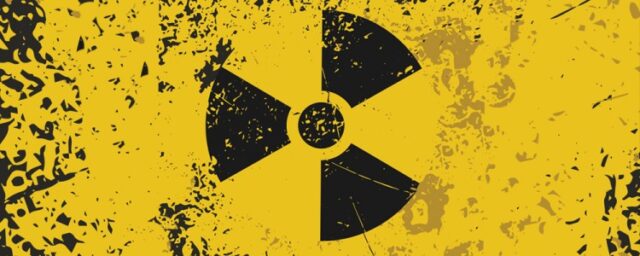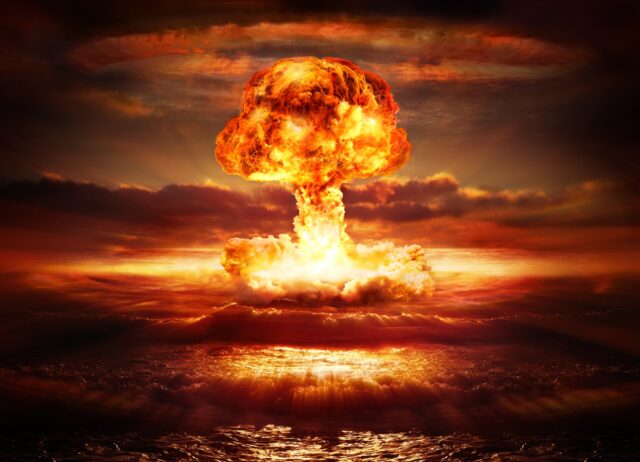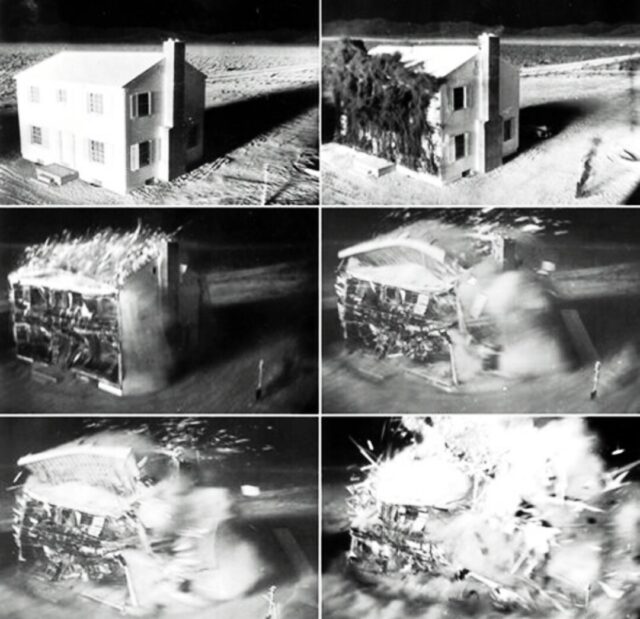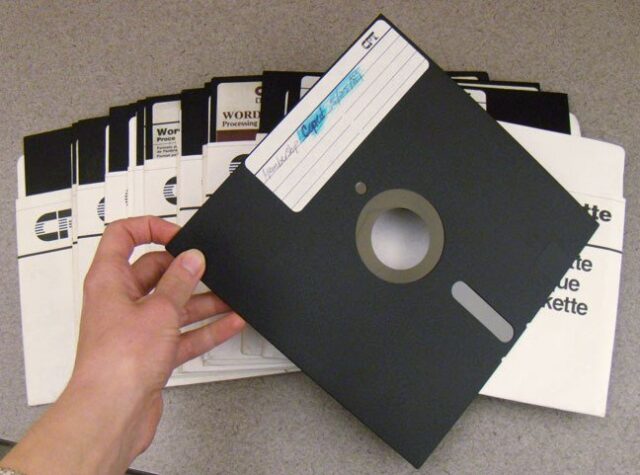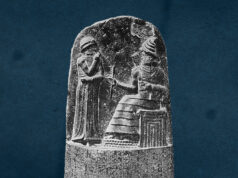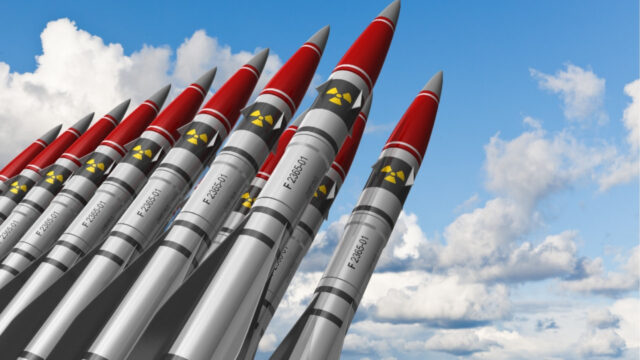
The specter of nuclear weapons lingers over us all. Mankind’s deadliest weapons have been front-and-center of global affairs for decades. However, many myths have been perpetuated about these weapons and their effects. What follows are eight facts.
8Deaths by Nuclear Testing
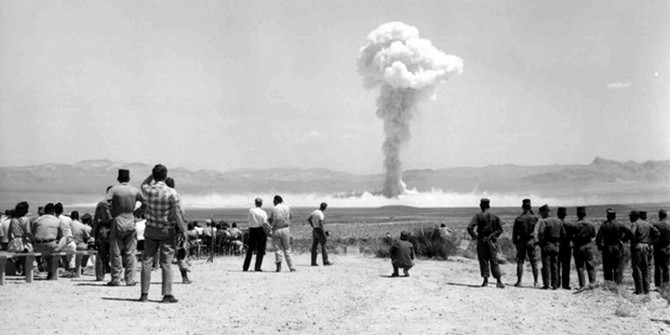
There have been over two-thousand nuclear weapons tests, some of which have taken place in the atmosphere. These atmospheric tests are expected to kill one-and-a-half million people through radiation exposure.
The United States alone has spent over one-billion dollars compensating those exposed and is one of the few countries that actually offer compensation to those exposed during nuclear tests.
7Number of Nukes
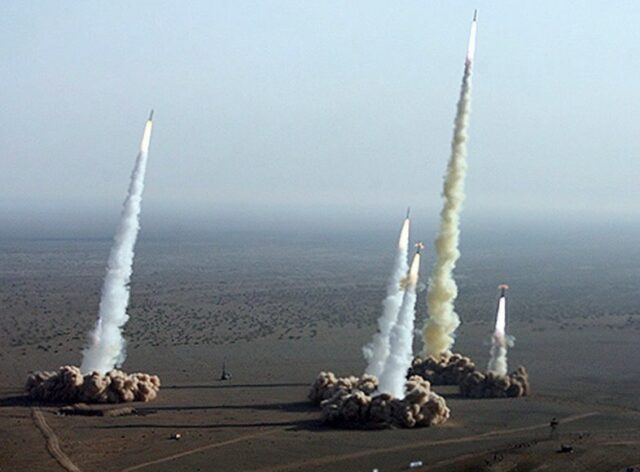
As of 2014, there are roughly seventeen-thousand nuclear warheads between nine countries. However, there’s always a chance that some countries have unreported weapons or have under-reported the number in their possession.
Still, the number is actually pretty low, all things considered: in 1986 there were estimated seventy-thousand nuclear warheads, the highest the number has ever been.
6Shots Felt Around the World
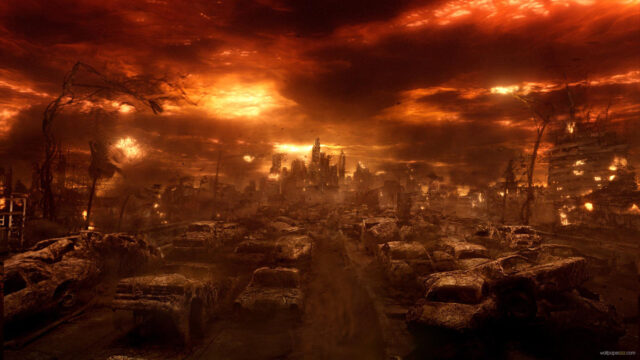
A study in 2014 found that a small-scale nuclear war on either side of the planet would be enough to affect the environment world-wide, lowering average temperatures and filling the sky with enough ash to block out the sun, effectively destroying crops and causing mass starvation. However, this isn’t to say that all-out nuclear war would immediately wipe-out humankind. Which brings us to…
5Total Annihilation
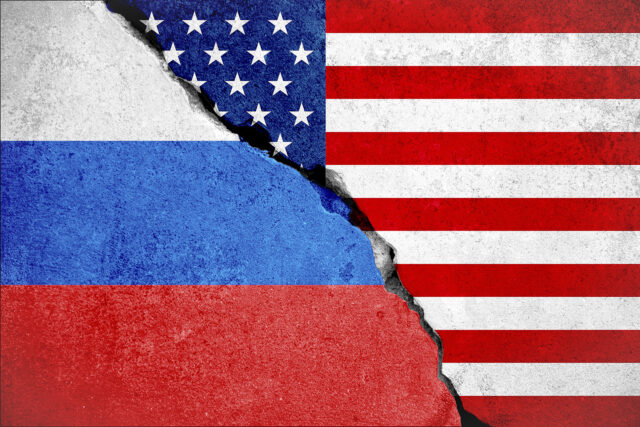
You’ve probably heard that the United States and Russia have enough nuclear weapons to wipe out all life on Earth. This only works if you can somehow round-up every single living being into tight population centers rather than having them spread out over entire landmasses.
The false notion comes from some shaky math involving multiplying the Hiroshima and Nagasaki casualties by the number of weapons held by both counties, which simply doesn’t work.
It’s a common misconception that radiation poisoning and nuclear fallout would be the source of the majority of fatalities resulting from a nuclear attack.
This isn’t the case: most deaths would result immediately from the force of the blast itself (but not the blast—we’ll get into that). If you were to detonate every weapon constructed during the Cold War, the resulting exposure would be well below doses lethal to humans.
The Russian-built Tsar Bomba stands as the most powerful weapon ever made, nuclear or otherwise, with a yield of 50 megatons TNT.
This is more than twice as powerful as the strongest American weapon. The Tsar Bomba destroyed all buildings in Severny village some thirty miles away. Only one bomb of this type was ever made.
Distance determines if the force of the blast itself will kill, but a bigger threat is the destruction of structures and the launching of objects through the air.
Depending on the yield (between twenty kilotons and twenty megatons), a concrete building anywhere from half a mile to five miles away from the blast. And any objects not obliterated potentially become deadly projectiles.
This isn’t a matter of whether or not nuclear weapons still hold a strategic advantage—that’s a whole ‘nother kettle of fish—but rather the stockpiles themselves, in America at least: the oldest warheads are over twenty-five years old and many of the buildings used to store them twice as old.
The kicker, though, was revealed in a news piece in 2014: records related to stockpiles were kept on eight-inch floppy disks. Recently the United States has put into a motion a plan to modernize its nuclear arsenal.

